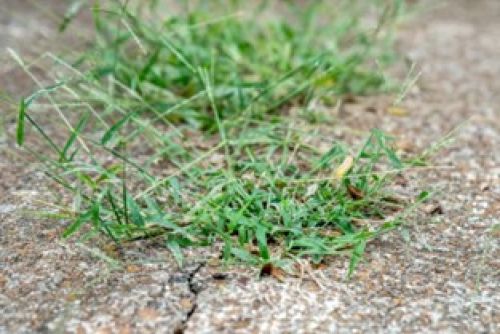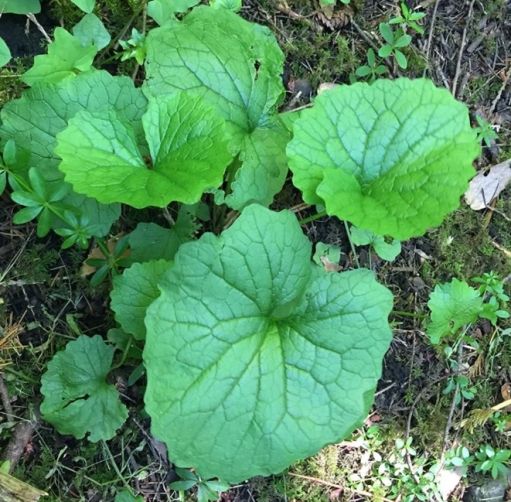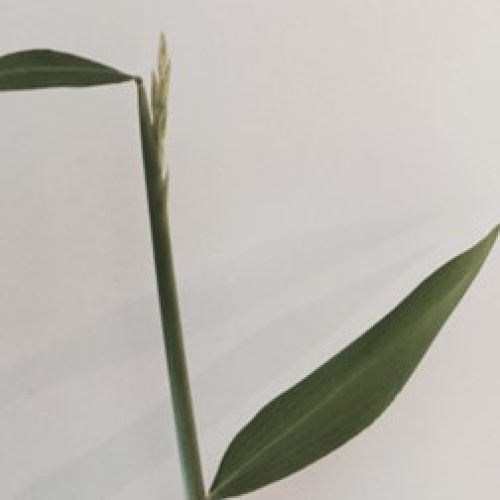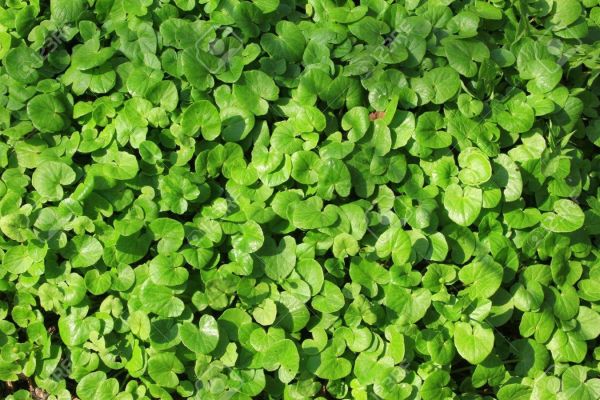5 Top Damaging Weeds in Main Line Landscapes
Spring is here, and weeds are sure to follow, posing a significant challenge to the health and aesthetics of Main Line landscapes. Weeds in Main Line landscapes can damage plants and reduce aesthetic appeal. These weed species easily outcompete landscape plants for water, light, and soil nutrients, especially young ones that are newly transplanted. In addition, many weed species produce allelopathic chemicals that disturb the root growth of ornamental plants, compounding the above-ground competitive advantage of fast-growing weeds.
Burkholder PHC is well-equipped to address these challenges with our expertise in plant health care, tree services, soil care, and cultural management. In this post, we will discuss five of the most common and damaging weeds homeowners in the Main Line area of Pennsylvania may encounter in their landscapes.
1. Canada Thistle (Cirsium arvense)
- Identification: During the spring, this perennial weed usually starts with a leafy ground-level floret that can grow up to a foot in diameter. By mid-summer, Canada Thistle will grow into a tall, erect flowering stem reaching up to 5 feet. The root system can be extensive and grow several feet deep into the ground.
- Impact: Canada thistle outcompetes ornamental plants by aggressively depleting soil nutrients and moisture, making the soil conditions inhospitable to preferred plants. In addition, this species produces allelopathic roots that further inhibit the growth of surrounding plants, compromising the landscape’s aesthetic and health.
- Control: Burkholder PHC employs a combination of manual removal (digging or hand-pulling), low-toxicity treatments like vinegar or salt solutions, and conventional chemical controls while prioritizing soil health to suppress this invasive weed.
2. Crabgrass (Digitaria spp.)


- Identification: When the soil temperature reaches between 55-58°F, two of the most common crabgrass varieties – smooth and large crabgrass – begin germinating. Crabgrass is an aggressive weed that proliferates and can produce up to 150,000 seeds per plant, making this species a persistent weed in Main Line landscapes.
- Impact: Crabgrass can overgrow and form dense mats that monopolize the resources required by other plants, leading to stunted growth or even death. These mats can cause soil compaction, poor water drainage, and erosion. Additionally, crabgrass overgrowth can damage the soil structure, making it harder for desirable plants to take root and grow.
- Control: Strategies our team implements include manual removal, especially before seed production, and the application of preemergent herbicides. Burkholder PHC integrates these methods with soil care to manage crabgrass effectively.
3. Garlic Mustard (Alliaria petiolata)
Identification: Garlic Mustard (Alliaria petiolata) is a biennial herbaceous plant from Europe and Asia. During the first year of growth, garlic mustard leaves are rounder and take on a rosette formation at ground level. In the second year, the leaves grow up a flowering stem, becoming more triangular and heart-shaped with toothed edges.
Impact: Garlic mustard is a harmful plant that damages ecosystems by restricting the growth of other native plants. The weed spreads quickly by releasing seeds in the wind and outcompetes native species for nutrients and sunlight, negatively affecting insects and tree composition.
Control: Hand-pulling methods must remove at least the upper half of the root to prevent new stalks. Manual removal is best done in spring before seed formation and continued for up to 5 years. Low-toxicity materials like vinegar, salt, citric acid, or iron HEDTA can speed up manual control. Herbicides can control garlic mustard but pose a risk to surrounding plants.
4. Japanese Stiltgrass (Microstegium vimineum)


Identification: Japanese stiltgrass is a fast-spreading invasive plant that thrives in areas with high soil moisture and partial to full shade. A single plant can produce 1,000 seeds annually, remaining in the soil for up to 5 years and germinating quickly upon disturbance.
Impact: Japanese stiltgrass is an invasive species that can replace native vegetation and is one of many weeds in Main Line landscapes that damages aesthetic value. The weed alters soil chemistry, depleting available carbon and increasing phosphorus, leading to zinc, iron, and calcium nutrient deficiencies. The plant also thrives in soil pH levels that are higher than the optimal levels for most plants.
Control: Hand-pulling before seed formation and continuing for up to five years can deplete any established seed bank in the soil. Low-toxicity materials like vinegar, salt solution, citric acid, or iron HEDTA can help. Conventional herbicides work well but may cause damage to other plants. We recommend having a licensed commercial applicator for short-term herbicide use, followed by a sustainable, integrated weed management plan. We may suggest specific herbicides for larger infestations.
5. Lesser Celandine (Ficaria verna)
Identification: Lesser celandine has dark green, kidney-shaped leaves and a quick spring emergence. This weed grows low typically, spreading along the ground to take over landscape beds. Early spring emergence is triggered by increased light, and the shoots usually begin to appear from late March to mid-April, depending on environmental conditions. The flowering of lesser celandine depends on water availability and rainfall. Although some plants produce seeds, the most spread is achieved through fertile bulblets on plant stems and masses of loose tubers at the root crown.
Impact: Lesser celandine emerges earlier than most natives, and can harm the growth and reproduction of other spring flowers. The weed is toxic to pets and livestock, especially the yellow flowers, which contain high levels of protoanemonin. If left to spread, lesser celandine can damage the beauty of ornamental landscape beds.

Control: Manual removal of plants and tubers, careful use of low-toxicity treatments, and strategic herbicide application are part of Burkholder PHC’s integrated approach to managing lesser celandine.
Contact Burkholder PHC for Weed Control & Management
Burkholder PHC can help you restore the beauty of your property by managing the weeds in Main Line landscapes. Our team offers free estimates and has extensive experience in plant health care. We provide customized solutions tailored to your needs and use safe and effective methods to ensure your landscape remains healthy. Contact us today to reclaim your beautiful outdoor spaces.

